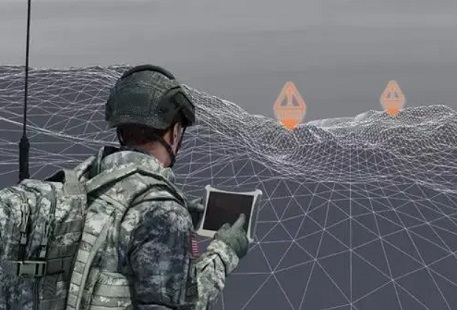GUO Yan-zhi, WU Yan-ling, ZHAO Feng-qi, SONG Xiu-duo, XU Si-yu, PU Xue-mei
Chinese Journal of Explosives & Propellants. 2022, 45(6):
814-820.
In order to improve the design ability of modified double base(MDB)propellant formulations, different intelligent algorithms were used for the formulation design and optimization of the burning rate property. By comparing several typical intelligent algorithms, including genetic algorithm(GA), differential evolution algorithm(DE), particle swarm optimization algorithm(PSO)and whale optimization algorithm(WOA), the intelligent formulation design and optimization of MDB propellants containing RDX were carried out. The results reveal that compared to the statistical optimization method, the intelligent optimization algorithm is simple to be operated and runs more quickly, while the 14 optimal formulations fitted by differential evolution algorithm have the best and more stable burning rate performance. Under the same pressures, the predicted burning rates of these 14 optimized formulations are significantly higher than the experimental values of the prepared formulations. Finally, a set of intelligent algorithm software for predicting the burning rate of modified double base propellants containing RDX is formed by coupling the difference algorithm with the support vector regression model. Based on the intelligent algorithm software, new formulations with the superior burning rate property could be deduced.




